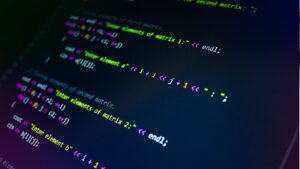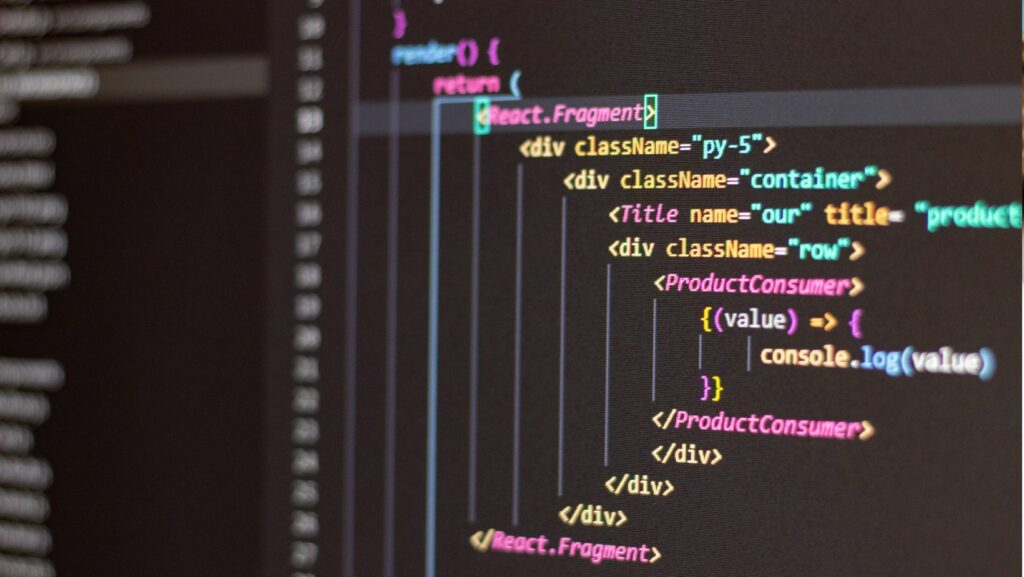How to Write Python Automation Scripts
Python programming, renowned for its simplicity, engages in an intuitive syntax. It often mirrors the English language, subtracting complexities in reading and writing code. Unlike other popular programming languages, such as C++ or Java, Python shuns usage of semicolons or curly-brace blocks. It instead opts for a tabulation system, resulting in clean, easy-to-read scripts. Several revered websites, including Google and YouTube, owe their functionalities to Python.
For example, an ‘if’ statement in Python requires no parentheses:
x = 2
if x > 1:
print(“x is greater than 1”)
How to Write Python Automation Scripts? Automation proves instrumental in boosting productivity by eliminating repetitive tasks. It lets coders direct their focus towards complex problems, rather than wasting time on mundane, repetitive tasks. Python’s versatility makes it an ideal candidate for automation scripts. With its extensive range of libraries and modules, such as Automagica and Pywinauto for Windows automation, it can handle a broad spectrum of tasks, from web scraping to data analysis, effectively enhancing work efficiency.
import os
os.mkdir(‘new_directory’)
Setting Up Your Python Development Environment
Moving from Python’s prowess and versatility, the next step involves setting up a Python development environment. Crucial in any Python-powered automation project, this environment fosters smooth coding and seamless execution.
How to Write Python Automation Scripts? Python’s installation process follows a straight path, often requiring downloading and executing the installer package from the official Python website. For Windows users, the exe installer from the Python downloads page does the trick. macOS users, however, benefit from the macOS installer package, also available from the Python downloads page. Meanwhile, most Linux distributions come with Python pre-installed.
Python’s installation isn’t complete, however, without setting system environment variables. Most installers do this automatically, but manual checks save unnecessary surprises. Verifying the Python install entails a simple command-line instruction – typically entering ‘python’ or ‘python3’ in the command prompt or terminal.
The moment Python finds a home on the system, a fitting Python Integrated Development Environment (IDE) becomes the next order of business. An IDE proves instrumental in Python automation script development, offering a unified platform for writing, testing, and debugging code.
Python IDEs are aplenty, each with unique features tailored to fit different levels and needs. Some popular options include PyCharm, Spyder, and Visual Studio Code (VS Code). PyCharm, for example, offers robust runtime debugging, intelligent autocompletion, and has a user-friendly interface. Spyder provides an excellent platform for data analysis, while VS Code excels in its versatility, extension support, and cross-platform compatibility.
The choice of IDE is ultimately a personal preference. However, feature richness, coding comfort, and project needs inevitably weigh in on the decision. Installation details differ with each IDE but attending to an IDE’s official site provides stepwise guidelines, eliminating guesswork.
Core Concepts of Python Automation Scripts
How to Write Python Automation Scripts? Defining the mastery of Python automation scripts necessitates an understanding of key programming concepts. This core knowledge includes variables and data types, conditional statements, functions and modules which are pivotal to building efficient Python automation scripts.
In Python automation, variables act as placeholders, storing different types of data. They’re integral to the script, allowing the programmer to reference stored data, manipulated as required. Python boasts several data types including integers (whole numbers), floating point numbers (decimal numbers), strings (text), and Booleans (true or false). For example, a variable called ‘userName’, could store the string value of a user’s name.
userName = “John Doe”
Conditional statements bring decision-making capabilities to Python automation scripts. These statements can control the flow of the code, executing certain parts based on conditional logic. The primary types include ‘if’, ‘elif’, and ‘else’ clauses. For instance, an ‘if’ statement in an automation script could check if a file exists before attempting to open it. If the condition isn’t met, an ‘else’ statement might create the file.
import os
if os.path.exists(“sample.txt”):
open(“sample.txt”)
else:
open(“sample.txt”, “w”)
Functions and modules help keep Python automation scripts clean and readable. A function is a reusable code block executing specific tasks when called. For instance, one might construct a function to validate user input.
Python libraries, a pivotal component of Python automation, amplify script functionality and offer out-of-the-box solutions for intricate automation tasks. These rich, complex tools simplify otherwise burdensome tasks, making them accessible to coders.

